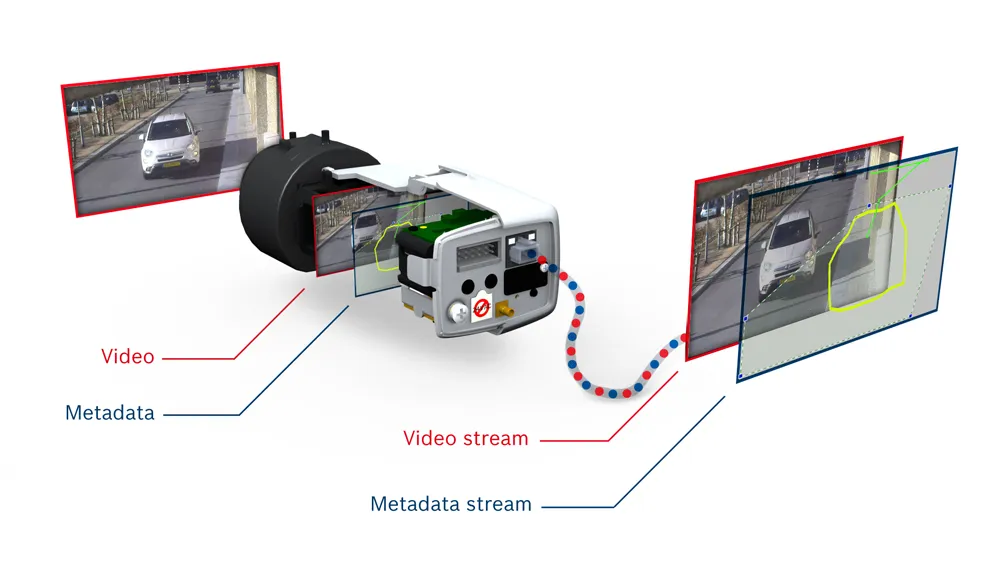Enhancements to the Digital Ally DVM-250Plus Video Event Data Recorders (VEDRs) now enable the recorder to utilise up to eight different cameras while maintaining a dual recording feed. Users can customise the automatic record triggers to activate specific cameras, providing the best angle for each type of event while minimising video file sizes and making current or post-event review easier. The automatic trigger can also activate the integrated monitor hidden behind the glass of the rear-view mirror, esp
December 17, 2012
Read time: 2 mins
Enhancements to the 2077 Digital Ally DVM-250Plus Video Event Data Recorders (VEDRs) now enable the recorder to utilise up to eight different cameras while maintaining a dual recording feed.
Users can customise the automatic record triggers to activate specific cameras, providing the best angle for each type of event while minimising video file sizes and making current or post-event review easier. The automatic trigger can also activate the integrated monitor hidden behind the glass of the rear-view mirror, especially useful when reversing.
The pre-event recording timer is now customisable, providing fleet administrators with increased control over the length of time the system records both before and after an event, enabling them to balance privacy and recording file size considerations with storage, wireless transfer and ease of review concerns.
Reporting software is also now available to identify workforce strengths and weaknesses, run system checks and more. Administrators can create their own custom reports or use any of the default options. The software additionally provides robust management, playback, duplication and archiving tools, captures video usage logs, and more.
Streaming video capabilities are now available with the VEDRs for immediate viewing of incidents, and may be accessed via smart phones and computerised devices with security access. GPS support also allows vehicles to be remotely located and tracked in real time.
Users can customise the automatic record triggers to activate specific cameras, providing the best angle for each type of event while minimising video file sizes and making current or post-event review easier. The automatic trigger can also activate the integrated monitor hidden behind the glass of the rear-view mirror, especially useful when reversing.
The pre-event recording timer is now customisable, providing fleet administrators with increased control over the length of time the system records both before and after an event, enabling them to balance privacy and recording file size considerations with storage, wireless transfer and ease of review concerns.
Reporting software is also now available to identify workforce strengths and weaknesses, run system checks and more. Administrators can create their own custom reports or use any of the default options. The software additionally provides robust management, playback, duplication and archiving tools, captures video usage logs, and more.
Streaming video capabilities are now available with the VEDRs for immediate viewing of incidents, and may be accessed via smart phones and computerised devices with security access. GPS support also allows vehicles to be remotely located and tracked in real time.









